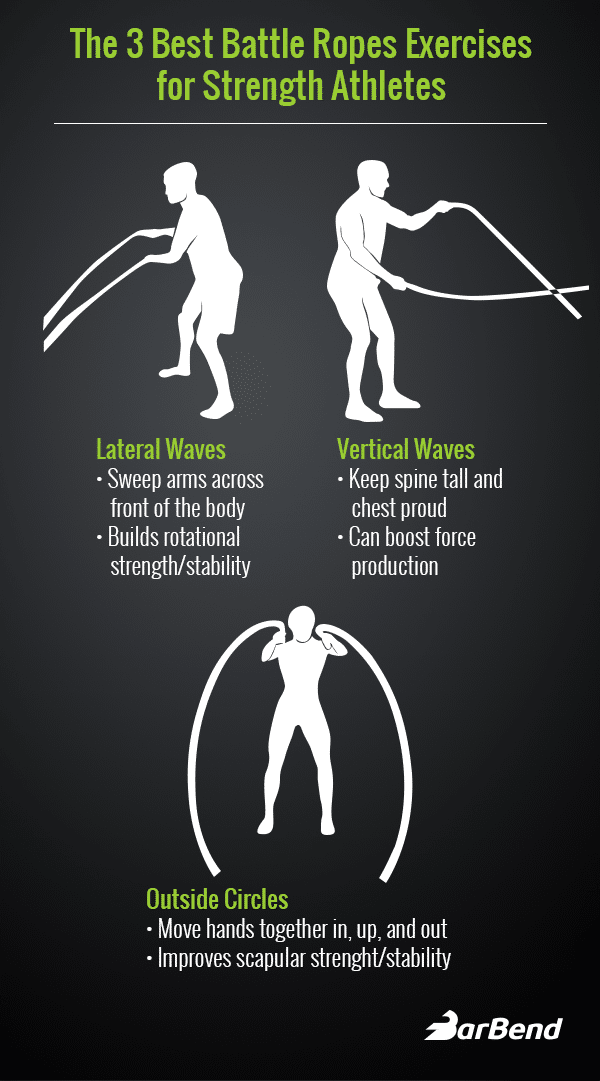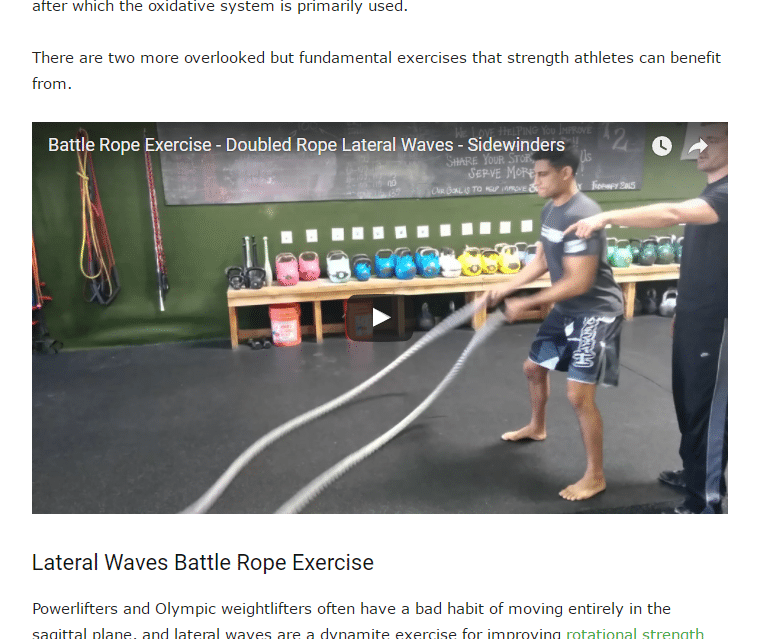According to 2017’s B2B Content Marketing Report, over 91% of the most successful respondents reported that their organization is extremely committed to content marketing.
This should be a wake-up call for every business without a strong or dedicated content strategy.
At the same time, nobody is saying content marketing is easy. And SEO — the marketing approach that works with virtually all forms of online marketing, including content distribution and discovery — is still a relatively new field, whose rules keep changing all the time.
Years ago, Rand Fishkin, CEO of Moz, coined the term “10x content,” saying that the time had come when good, unique content simply wasn’t good enough anymore.
What was needed was stuff so good that it beat out the first results for a query a user might make on Google.
In this 10x spirit, I’m going to offer 6 ways that have helped me think about 10xing my own content strategy. In essence, it’s easy
In essence, it’s easy stuff—but don’t let that fool you. These are serious principles that, if ignored, will pretty much guarantee that the crawlers will bury your content.
1. Don’t skimp on the writing
One feature that immediately distinguishes good content strategies from bad ones is whether or not the writing is junk.
Whether it’s an article, a video script, or an ebook, in one way or another, it all comes down to the copy.
If it’s lazy, sloppy, or useless, it won’t matter in the long run how optimized it is for search engines.
All the keywords in this world won’t save you from junk writing—and indeed, the crawlers have long been sophisticated enough where they have begun screening out this sort of stuff.
This is not to mention the users themselves, who have a much better BS detector than I feel most content strategists give them credit for.
Write well, edit for typos, and have good, hopefully, original research. Principles like this will attract people to you.
For example, Leadpages, which offers landing page solutions for small to medium-sized business owners, produces regular content that provides research and info you can’t get elsewhere. This type of content strategy has worked extraordinarily well for them, and they continue to post growth and attract new users.
This type of content strategy has worked extraordinarily well for them, and they continue to post growth and attract new users.
2. Think beyond advertising
This one is a serious paradigm shift that many marketers just can’t seem to understand. Content marketing is not the same as advertising.
It performs many of the same functions as advertising, but its approach is way different and, in my opinion, way more respectful to the customer.
Great content builds a genuine relationship between your customer and your brand because it’s actually useful—it provides good information about a topic your customer/user is already interested in.
It doesn’t shove a sales pitch down the throat of your unsuspecting visitor. That would be impolite. Instead, you host valuable information that the user cares about and you let them come to you.
For example, weightlifting site BarBend.com recently published a comprehensive post about battle ropes (those are the heavy ropes you may have seen weightlifters swinging around at the gym).
This is a great example of the 10x strategy at work. The post provides value to its readers by not only giving a thorough analysis but also an easily digestible custom infographic.
Granted, this approach is a slower game than a flashy ad campaign, but it can deliver serious ROI when done thoughtfully.
Generally, graphics like this allow for better sharing across platforms like Pinterest, Tumblr, and Reddit, which can up engagement and views by several multiples. (The folks at BarBend informed me a visual hit on Pinterest alone could increase readership by 4x-6x on certain articles like the above.)
3. Say something new
The internet is stuffed right now with content answering almost every question imaginable, and much of this content is optimized to anticipate the way a user will search for it.
Your content strategy needs to take this oversaturation into serious account. How good of a chance does your page have to stand out if it’s merely engaging queries that the rest of the world has already dealt with?
We’re definitely not talking about page 1 Google results here, and that’s about 90% of all organic search traffic.
One way to approach this conundrum is to attempt to tackle the questions that haven’t been adequately answered yet.
This takes some data analysis, as well as creativity. Where are the blind spots in content?
These untapped queries represent tremendous opportunities to provide uniquely useful content to users.
In the battle rope case, someone who began their search merely curious about those heavy ropes in the gym finds themselves gaining a deeper understanding of neural connections from Aaron Guyett, Master Battle Rope Trainer, and U.S. Marine Corps Staff Sergeant.
It may be useful to focus your content strategy around responding to timely questions or events that quickly arise and need answers, rather than age-old issues for which millions of pages of content already exist.
But haven’t those heavy ropes existed for years? Yes, but with this explosion of new interest and a lack of up-to-date and comprehensive information on them, now is the perfect time to post on the topic.
Consumer reviews for overlooked, ubiquitous products like cars or security systems are more good examples of this principle at play.
A user base will always be curious about new products, but there may not be any pre-existing content that can address that curiosity.
4. Say it in a new way
And no matter what area of interest a content strategy aims to tackle, it’s also important that marketers begin to pioneer new ways of addressing questions.
Of course, the venerable listicle has proven to be an effective way of engaging user interest. But this was only figured out through trial and error.
You can bet that there are better ways of disbursing content to engage user interest. All it takes is creativity and determination to find them.
Even as early as 2014, for example, visual content began to usurp and overtake the written word, and it won’t be long before new content strategies depending chiefly on video become the mainstays of content marketing. Mark my words.
The battle ropes post also includes three videos that show exactly how to do different rope exercises with proper form. This is an easy way to show and tell.
The point here is that, even if you aren’t able to address an entirely new question or problem for your user base (and that is admittedly a bit of a tall order), you can still carve out your niche by providing this information in a unique way that has its specific appeal.
Remember, Alexander Graham Bell wasn’t the only one to invent the telephone—he just had the best iteration, and that’s why we remember him and not Elisha Gray or Antonio Meucci.
Who, you might ask? Exactly.
5. Make it shareable
This is somewhat obvious, but your content strategy has to take into account shareability if you really want it to be 10x.
Shareability is an elusive factor, and it can end up being a rabbit hole that you end up wasting a lot of time following down when you should have been more worried about the baseline quality of your stuff, to begin with.
But with that caveat in mind, it’s still important to think about some of these qualities.
So don’t write a 300-word headline, obviously. Address relevant issues that speak to your readership, and try to make sure your content fits a narrative form that appeals to people—almost more than anything, people love a good story.
Going back to the battle rope example, it’s easy to imagine the kind of person that would seek out and share the post.
- What are those ropes I keep seeing at the gym?
- Are the stories I’ve heard about battle ropes causing injuries true?
- How do I make sure I use battle ropes correctly?
It’s the kind of post that people won’t only enjoy, but they’ll share it to help out their friends.
Also, make sure that all content strategy is designed with the mobile experience in mind, as it is fast becoming the dominant way to experience content.
And of course, don’t forget these:
6. Long form is good form
For some time, long-form content just wasn’t seen very often.
We can speculate why: Most of us don’t have much respect for a user’s attention span, and it makes sense why when we know that the average user stays on a page for less than 20 seconds.
For some time, long-form content just wasn’t seen very often. We can speculate why: Most of us don’t have much respect for a user’s attention span, and it makes sense why when we know that the average user stays on a page for less than 20 seconds.
But maybe that’s the faultless of the user than of the web page. If your content is useful, why not make it long?
Juicy, long content chock full of helpful data and illustrations excites users and makes them want to share. It answers their questions and provides additional insights to leave them feeling fulfilled.
It answers their questions and provides additional insights to leave them feeling fulfilled.
Of course, I’m not saying all content need be long form, but gone are the days when it should be avoided simply as a matter of course, and a robust content strategy should include it.
On top of the battle ropes article meets all of the above criteria, it’s 1,400 words of analysis and in-depth interviews with industry experts.
It’s all-encompassing, well-written, provides real value to readers, says new things in new ways, and is shareable. It’s 10x content.
Kenny Kline is a serial entrepreneur. His ventures are primarily focused on media and digital marketing. When not in front of his computer, he can be found beekeeping, knitting, and being as Brooklyn as humanly possible.

![How to 10x Your Content Strategy [6 Ways]](http://35.243.141.172/wp-content/uploads/2017/08/How-to-10x-Your-Content-Strategy-T.jpg)



